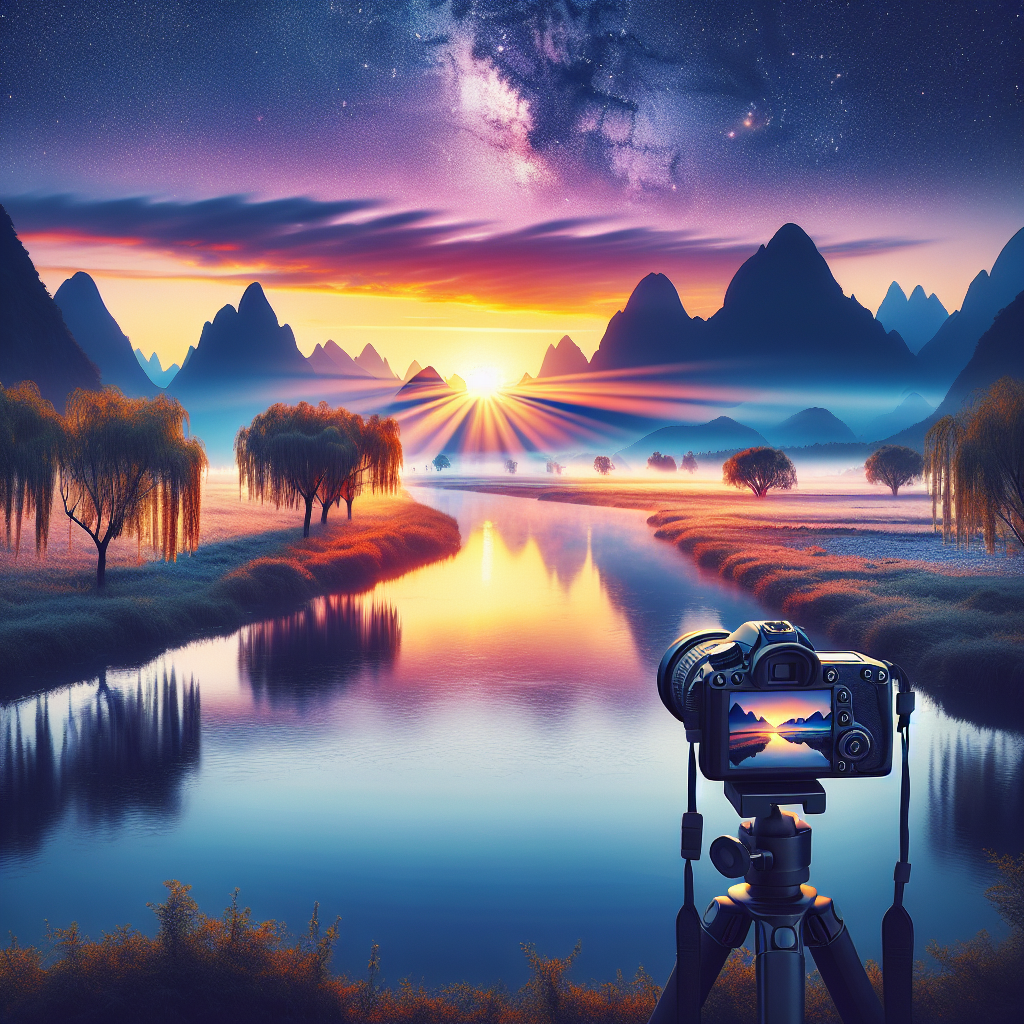Landscape photography is a fantastic way to exhibit the beauty of the natural world. It is a field that requires patience, precision, and creativity. From breathtaking mountain ranges to tranquil seascapes, capturing these serene moments asks for a deeper understanding and mastering of certain techniques and principles.
Understanding the Basics
Before plunging into the wilderness with your camera, it is crucial to understand the basics of photography. Familiarize yourself with aperture, shutter speed, and ISO to control the exposure. Moreover, the rule of thirds and leading lines can help compose more compelling shots.
Planning Your Shot
Spontaneity could bring some stunning shots, but key to mastering landscape photography lies in meticulous planning. Assess the location, consider the time of day and the weather. You can make use of some handy apps that could provide essential details like sun and moon positions or tide times.
Use of Equipment
While the camera plays a significant role in landscape photography, various other tools can aid in getting that perfect shot. Tripod ensures stability, circular polarizers reduce glare and enhance colors, while filters can balance exposure and add creative effects.
The Golden Hour
Capturing landscape photos during the golden hour – the time shortly after sunrise or before sunset can result in incredible shots. The soft light, long shadows, and vibrant colors can add an immersive depth to your photos.
Use of Wide Angle Lens
Wide-angle lenses are great for landscape photography as they capture a broader view and often result in more depth and detail in photographs. They can also emphasize the foreground and create a sense of scale.
Post-processing
Post-processing is an integral part of landscape photography. Various editing software allows you to enhance colors, contrast, highlights, and shadows, removing minor blemishes and even stitching multiple images for a panorama effect.
Patience is a Virtue
Remember, the art of landscape photography requires patience. At times, you might need to wait for hours for that perfect light or weather condition. But, the result of your patience could be a magnificent shot that captures the soul of the landscape.
Conclusion
Mastering landscape photography is a journey, and with practice, you can create compelling images. Adapting to the changing elements, understanding the characteristics of light, and incorporating them into your creative vision will lead you towards your goal. Start with fundamentals, plan, experiment, and ultimately, let the stunning views and your passion drive your landscape photography voyage.
FAQs
1. What equipment do I need for landscape photography?
The basic equipment includes a camera, wide-angle lens, and tripod. Additionally, filters, remote shutter release, and extra batteries may be useful.
2. What should be the ideal setting for landscape shots?
There’s no ‘ideal’ setting as that depends on the conditions and effects you want. However, a good starting point is low ISO, small aperture for depth, and shutter speed as per light conditions.
3. Can I do landscape photography without a wide-angle lens?
Yes. While wide-angle lenses are favored for landscape photos, other lenses can also be used depending on the effects you want. A telephoto lens can create amazing compressed landscape photos.
4. How important is post-processing in landscape photography?
Post-processing plays a crucial role as it can enhance colors, contrast, and details, that can make your images pop. It, however, should complement the photo, not dominate it.
5. What is the best time for landscape photography?
The golden hour, just after sunrise or before sunset, is often considered the best time for landscape photography due to the quality of light, but it also depends on what kind of effect you want to achieve.

